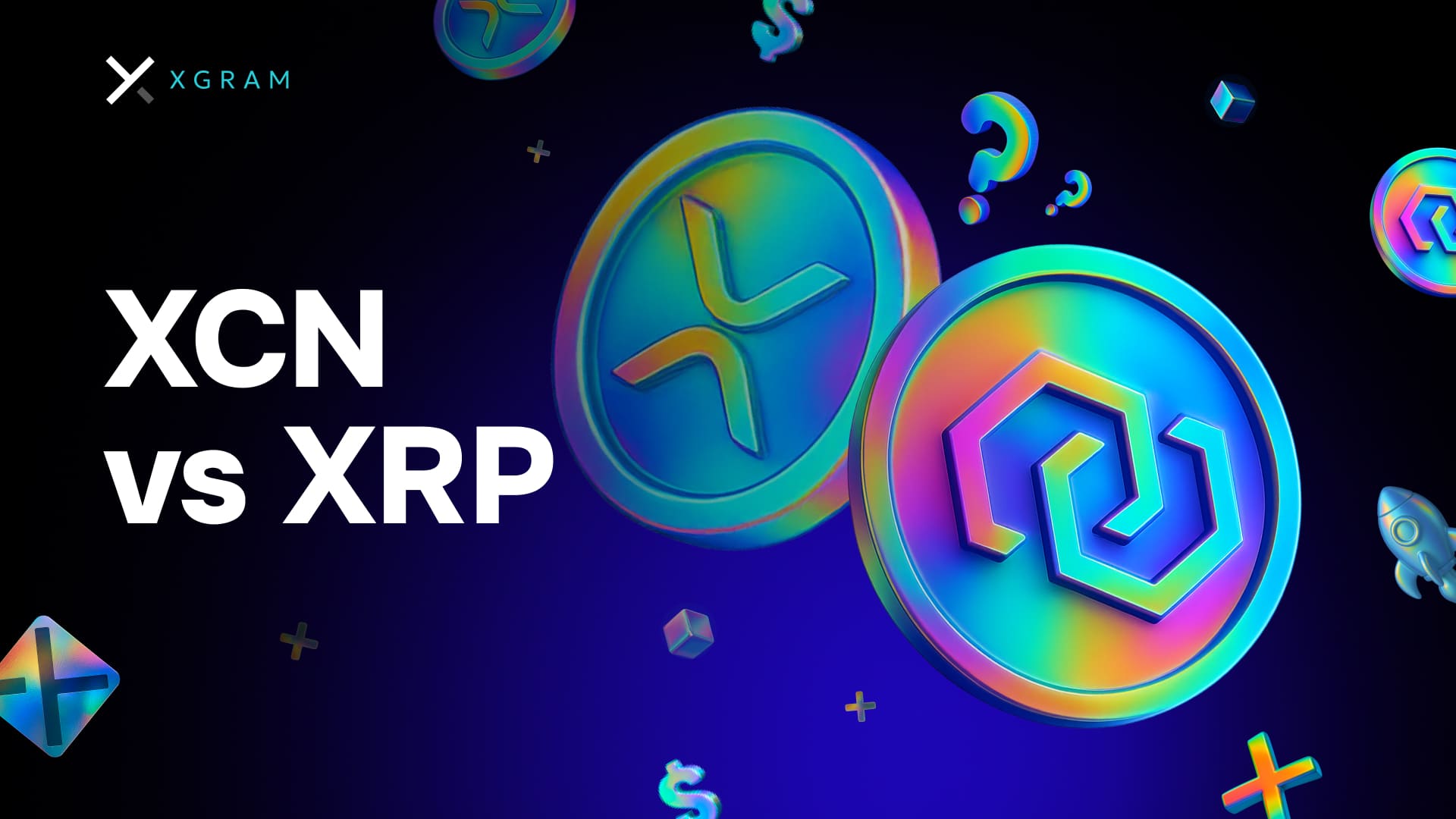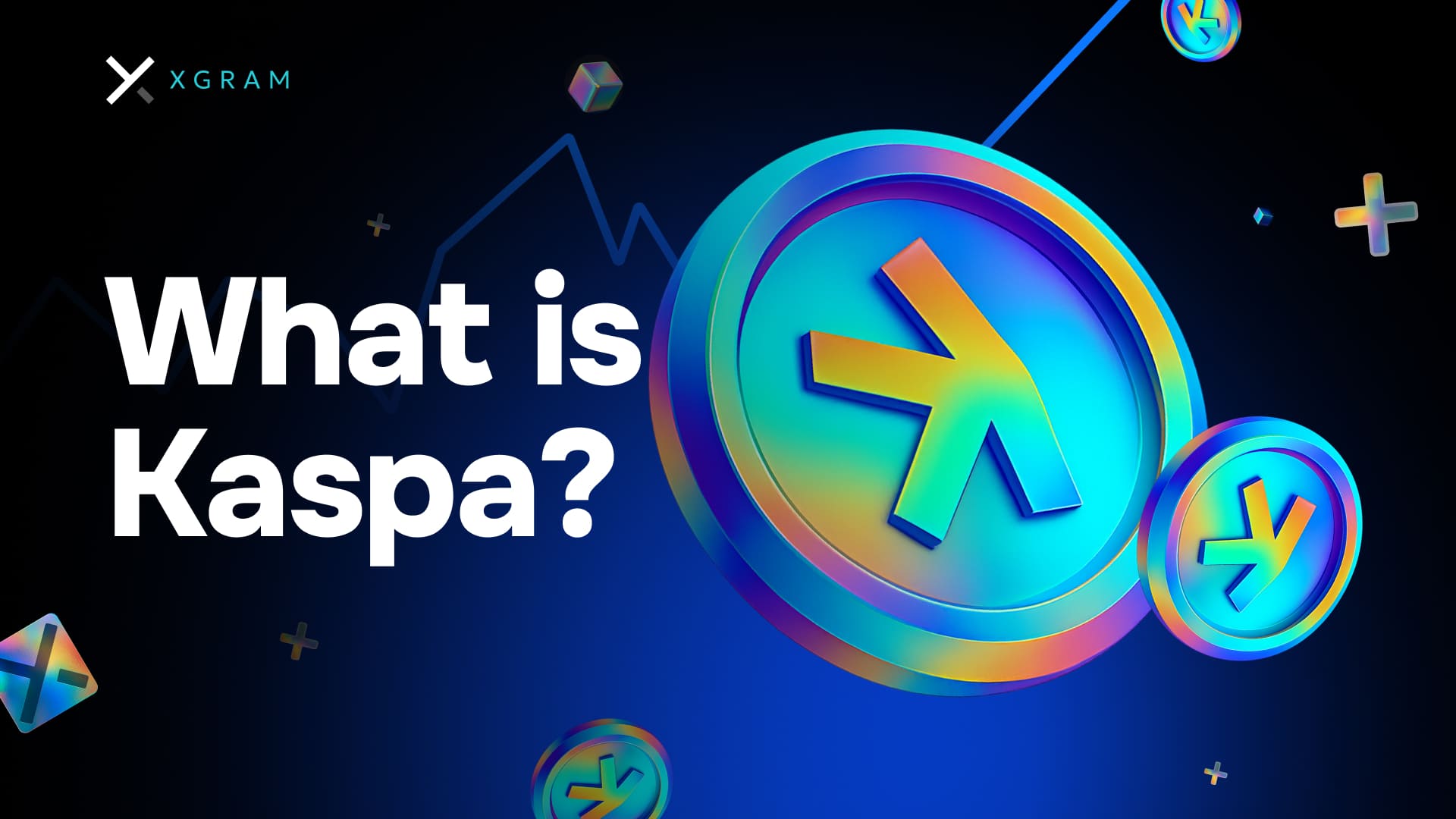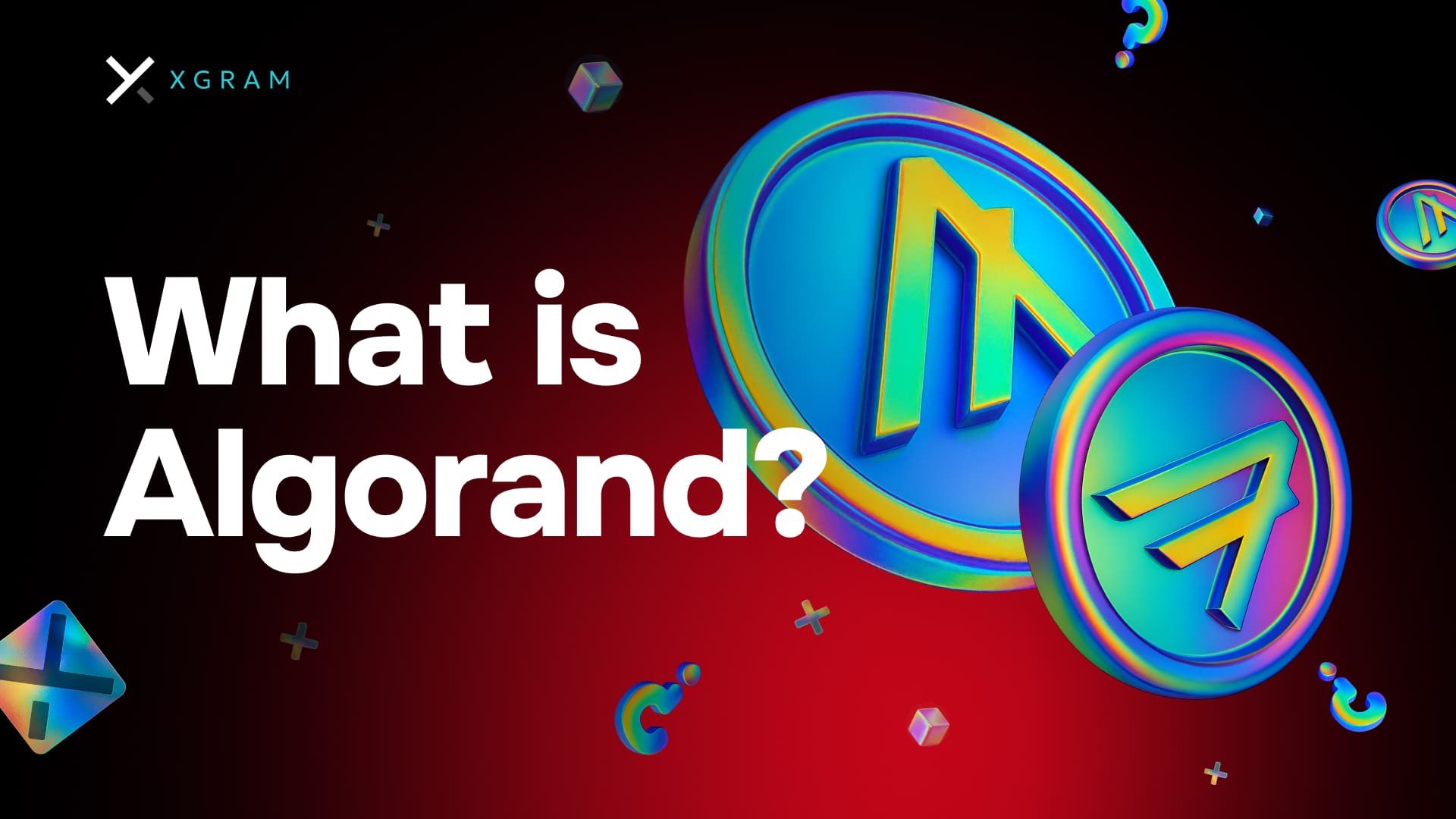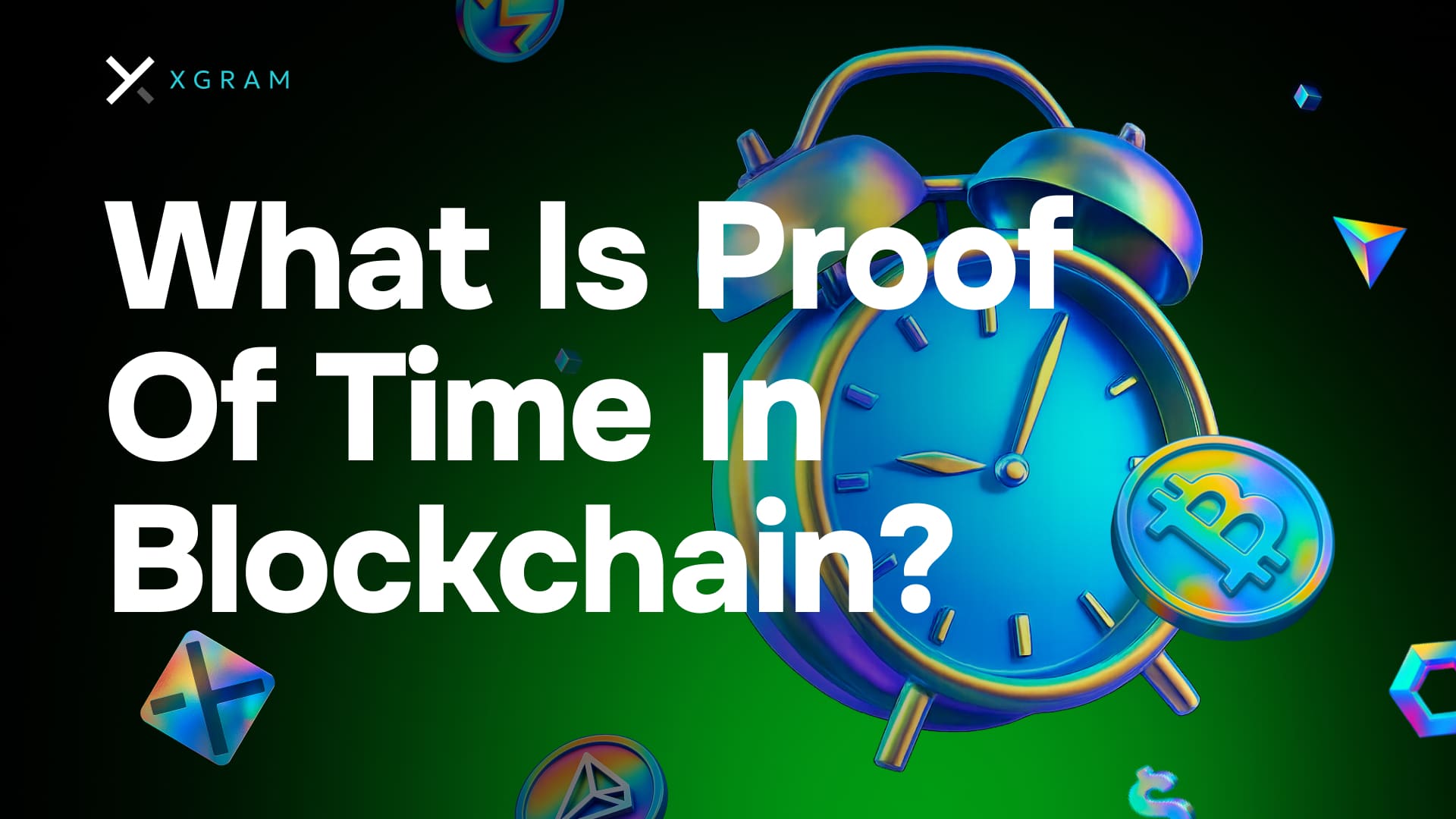TL;DR in 3–4 sentences: If you just want a quick takeaway on XCN vs XRP, here it is. Both aim to streamline digital transactions but do so through different chains and communities. XCN’s ecosystem thrives on flexible smart contract implementations and a growing list of DeFi tools, while XRP’s strength lies in quick cross-border payments and broad institutional partnerships. Your decision could hinge on how you want to use the token—either for versatile DeFi applications or for rapid, lower-cost international transfers.
Below, you will find a deeper comparison that looks beyond the surface and helps you feel confident when making your next investment choice.
Understand XCN vs XRP
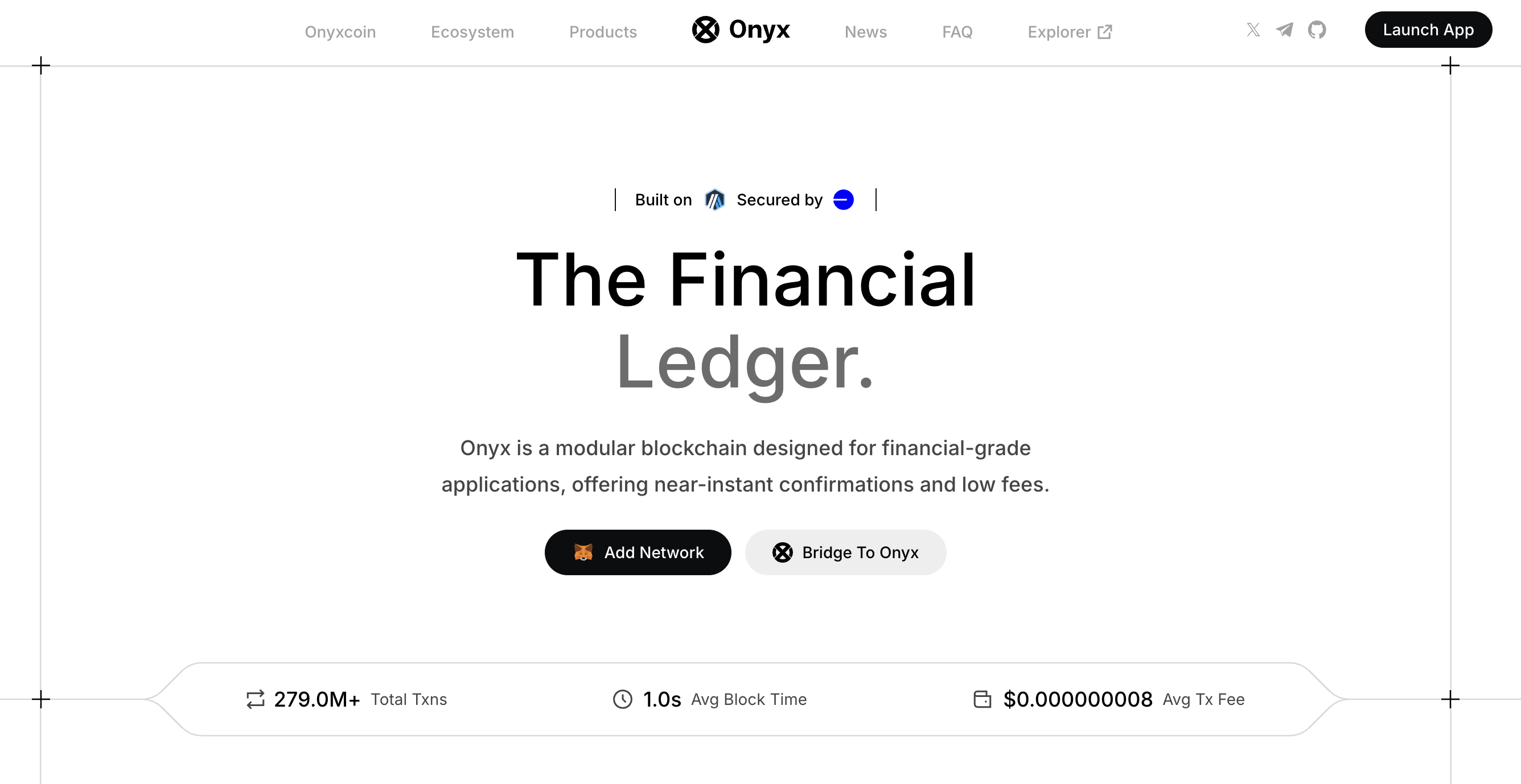
At first glance, XCN (the native token of the Chain protocol) and XRP (the native token of the XRP Ledger, often associated with Ripple) both serve as digital assets that facilitate transactions on their respective platforms. But their goals, underlying technology, and target use cases can be quite different. Here is a quick side-by-side table to give you a foundation for understanding how each one operates:
| Feature | XCN (Chain) | XRP (XRP Ledger) |
|---|---|---|
| Primary use | Enabling smart contracts, token launches, and on-chain services | Facilitating near-instant, low-cost cross-border payments |
| Transaction speed | Aims for efficient block confirmations | Typically settles in 3–5 seconds |
| Fees | Often low, can vary based on network usage | Generally low, often a fraction of a cent |
| Governance model | Tends toward community-driven development | Operates under a decentralized network plus Ripple’s enterprise focus |
| Ecosystem focus | Expanding DeFi, interoperability | Financial institutions, remittances, broader enterprise use |
For XCN, the Chain ecosystem leverages smart contracts and is designed to be flexible for developers building decentralized apps (dApps). On the other hand, XRP primarily addresses the pain points of slow, expensive international bank transfers. Companies and banking institutions see XRP as a potential replacement for older cross-border payment systems.
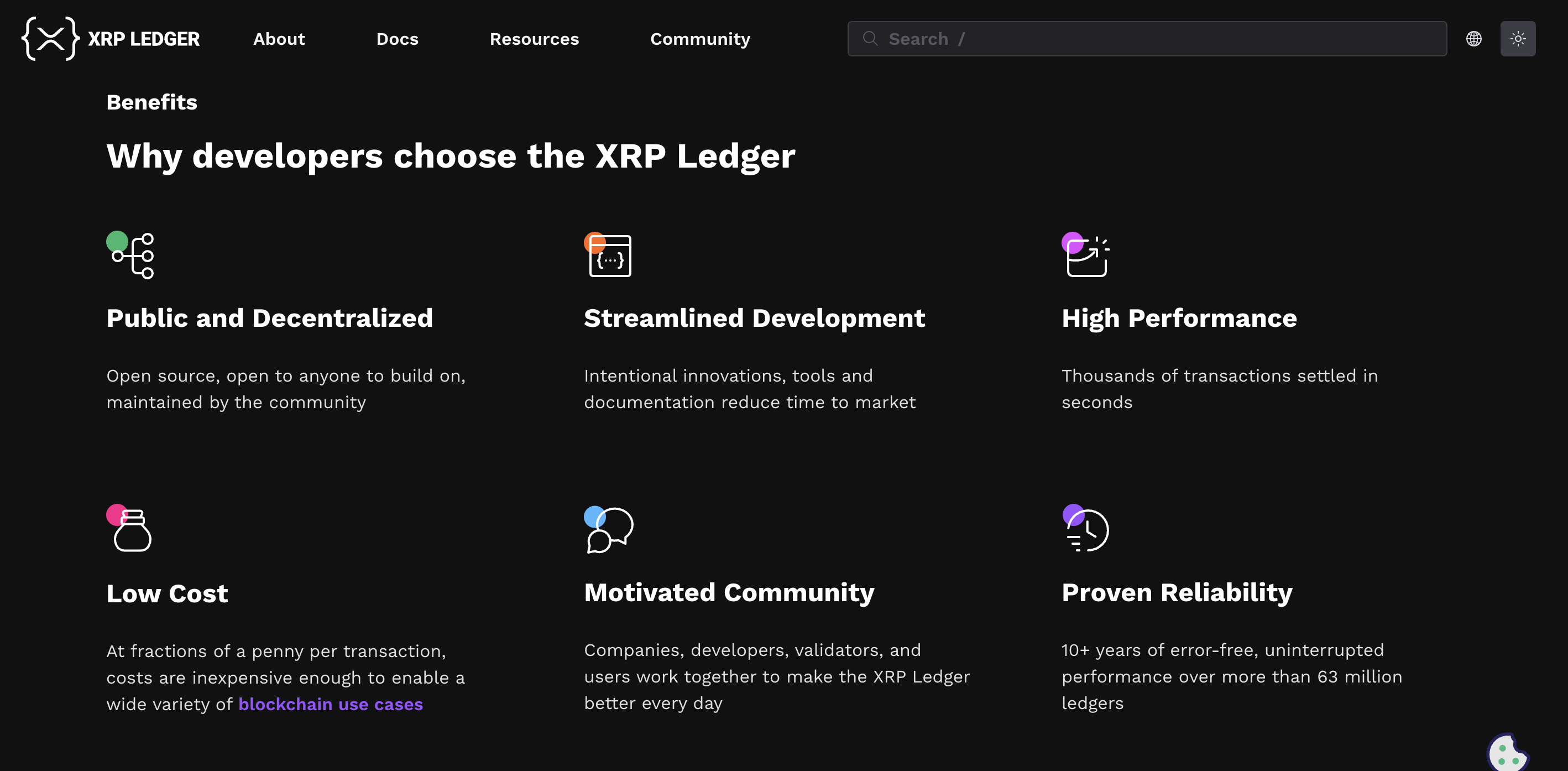
With both tokens widely available across major crypto exchanges (which often include peer-to-peer, or p2p, trading segments), you can easily buy or trade XCN or XRP. Many investors who are comfortable with moderate risk might choose to hold a combination of both tokens to hedge their bets over the long term.
Before you commit, it is helpful to look at transaction costs, speeds, scalability, use cases, and the broader ecosystems that drive each token’s value. After all, investing is all about matching your strategy with the right technology.
Check transaction costs
When you invest in crypto, transaction fees can zap a slice of your profits if you are not paying attention. In a fast-moving DeFi environment, high fees can discourage you from utilizing certain protocols or transferring funds frequently. On the flip side, extremely low fees can make a network more user-friendly and could encourage continuous trading or microtransactions.
XCN fees
On the Chain network, fees are generally low and can remain relatively stable. However, any surge in network usage (for instance, if a hot new dApp goes viral) might cause a temporary spike. Even then, the fees do not often escalate to the levels seen on some older blockchains, making XCN a reasonable option if you plan on executing multiple transactions daily.XRP fees
XRP typically prides itself on fast settlement and minimal costs. Transactions often settle in seconds, and the associated fees are commonly a fraction of a cent. This model of low fees and rapid clearance has attracted financial institutions to explore or adopt XRP for cross-border payments. It also means you are less likely to worry about unexpected spikes in fees.
When comparing XCN vs XRP purely on transaction costs, both tend to be wallet-friendly. XRP often receives the spotlight for its near-zero fees, while XCN boasts developer-friendly structures that help keep costs predictable. If you expect to trade, stake, or use your tokens for dApps frequently, it pays to look at each network’s daily average costs and weigh them against your typical activity.
Assess speed and scalability
Transaction speed and scalability are vital metrics for anyone focusing on real-time trades, micropayments, or high-volume transfers. A blockchain’s throughput and confirmation times can drastically affect the user experience, especially if you are managing large positions or time-sensitive deals.
Speed on the Chain network (XCN)
The Chain protocol is designed to handle a decent number of transactions per second with relatively quick confirmations, though exact throughput depends on network usage at any given time. Smart contracts and dApps can flourish on a chain that processes transactions swiftly and efficiently. While XCN might not be the absolute fastest in the entire crypto market, it aims to balance speed with flexibility for developers who want to deploy more complex applications.Speed on the XRP Ledger (XRP)
One bright spot for XRP is its near-instant transaction finality. The network touts settlement times around 3–5 seconds, which has made it especially appealing for cross-border remittances and real-time payments. International transfers that traditionally took multiple days through legacy banking rails can, in theory, be completed in seconds with XRP.Scalability considerations
Both networks aim to scale as usage grows, but they take slightly different technical routes. The XRP Ledger uses a consensus algorithm called the XRP Ledger Consensus Protocol, which differs from Proof of Work or Proof of Stake. Chain uses a system that can be adapted for private or hybrid configurations, allowing for specialized scaling solutions.
In short, both XCN and XRP are built to handle a considerable volume of transactions quickly. If instantaneous settlement is your top priority, XRP might tip the scales. If you want a network that can handle moderate to high throughput while still supporting robust smart contracts, XCN could be a better fit.
Explore real-world use cases
Why does a blockchain’s so-called “use case” even matter? Real-world application often underpins the long-term value of a token. Sure, speculation can drive prices, but actual adoption by businesses, developers, or end users typically signals deeper staying power.
- XCN use cases
- Smart contract functionality: Developers can create and manage smart contracts for decentralized finance products such as lending protocols and yield-farming platforms.
- Token launches: Some projects may mint their own tokens on the Chain protocol for specialized use cases.
- Cross-chain compatibility: As DeFi grows more interconnected, XCN is positioning itself to link multiple blockchains and apps without imposing high overhead.
- XRP use cases
- Cross-border remittances: Perhaps the best-known function of XRP is to simplify and accelerate international payments. This has attracted the attention of global banks and money-transfer firms.
- Corporate partnerships: Ripple, the company linked to XRP, has forged deals with various financial institutions that hope to leverage the token for speedy transactions.
- Micropayments: Because fees are extremely low and transactions are nearly instant, XRP can function well for microtransactions and content monetization.
Both XCN and XRP can serve in everyday scenarios, albeit with different focal points. XCN is eyeing a future of complex dApps and multi-chain synergy, while XRP leans more heavily on financial settlement and partnerships. You can blend these goals in one portfolio, or target the one that aligns best with your investing approach.
Use Xgram for cross-chain
To explore cheaper cross-chain transactions, you could use a service like Xgram. First, xgram is a platform that helps you move assets across multiple blockchains, reducing extra exchange steps. Second, it often aggregates liquidity in ways that lower fees, so you may save money on swaps or transfers. Third, by bridging tokens from Ethereum to other networks, Xgram helps you engage with different DeFi opportunities. Fourth, it is also user-friendly, meaning you do not have to be a developer to handle multi-chain conversions.
Compare ecosystems and support
A blockchain ecosystem includes all the dApps, wallets, developers, and resources that make it vibrant. Strong ecosystems tend to attract new investors and speed up innovation. That is why it is good practice to look at community support and developer resources before placing your bet.
XCN ecosystem
As part of the Chain protocol, XCN has been working to expand its DeFi presence and spark interest among developers who want flexible smart contract platforms. There is a growing set of tools like block explorers, software development kits (SDKs), and potential partnerships. This open-ended environment can be an advantage if you want to invest in a network with room to grow.XRP ecosystem
The XRP Ledger benefits not only from a dedicated open-source developer community but also from Ripple’s business relationships worldwide. The network has generated significant press coverage, especially around enterprise-level payments. Although some debates exist about decentralization and the role of Ripple itself, you also see a robust set of resources such as libraries, explorer sites, and developer grants.Developer support
The strength of each ecosystem’s developer community can have a major impact on the token’s future utility. XCN’s community is known to encourage experimentation, focusing on interoperability with multiple blockchains. Meanwhile, XRP sees consistent development for payment solutions, which can create new avenues for usage (like micropayments or tokenized assets).Liquidity and integration
Both tokens can be found on numerous centralized and decentralized exchanges, ensuring solid liquidity. You will also find that large crypto trading platforms often support p2p deals for XCN, XRP, or both. More integration typically means easier fiat on-ramps and a broader user base to drive demand.
When you think about the future growth of your investment, a healthy and active ecosystem can add momentum. XCN and XRP are both forging their paths, with different strengths and partnerships that may or may not align with your crypto objectives.
Consider security and compliance
Security is key when discussing any cryptocurrency. You want to know that the blockchain itself is stable, that transactions cannot easily be reversed or manipulated, and that your tokens are safe from external threats. Compliance is another factor, especially if regulators in different countries have varied stances on crypto assets.
Blockchain security
Both Chain (for XCN) and the XRP Ledger use consensus algorithms that do not rely on energy-intensive mining, which can be more stable and cost-effective. The risk of a 51% attack is generally lower for networks that do not use Proof of Work, but the security also depends on the number of trusted validators, their diversity, and the overall health of the network.Regulatory considerations
In some regions, cryptocurrency regulations focus specifically on tokens that appear to be securities. The status of XRP has attracted headlines due to regulatory scrutiny. This does not necessarily differentiate XCN from a compliance perspective, but it shows that each token can face unique legal challenges. If you live in a jurisdiction with strict crypto laws, do some extra reading to understand how these regulations might affect the token you choose.Custody options
When you invest in either XCN or XRP, you will likely look for a secure place to store these tokens, whether in hardware wallets, software wallets, or custody solutions offered by reputable platforms. The bigger the token’s user community, the more likely you will find well-tested wallet options.
While no asset is without risk, both XCN and XRP have robust track records for basic security and reliability. By staying vigilant about where you store your tokens and keeping up with evolving rules in your region, you can help protect your investments.
Frequently asked questions
Can I stake either XCN or XRP for rewards?
Staking opportunities for XCN might exist through certain DeFi protocols running on the Chain network, depending on the project. XRP itself does not use a Proof-of-Stake model, so direct staking is less common. However, some platforms offer yield-like products for XRP, though they are more akin to lending programs than true staking. Always verify that the platform you choose is reputable before depositing your tokens.Which network is more decentralized, XCN or XRP?
Both XCN and XRP use consensus mechanisms that differ from Bitcoin’s and Ethereum’s Proof of Work approach. XCN’s development encourages community-driven governance, while XRP has a reputation for having a more centralized validator list, historically tied to Ripple. Over time, both have been shifting toward broader validator ecosystems, but the degree of decentralization can be subjective and might depend on your personal definition of decentralization.Do I need a special wallet to hold XCN or XRP?
Generally, you can store either token in hardware wallets or software wallets that support their respective protocols. Many multi-currency wallets also support both. It is essential to double-check compatibility before sending tokens, as each chain has its own method of generating addresses and managing private keys.Are XCN and XRP widely accepted as payment?
Cryptocurrencies such as XCN and XRP are not yet as widely accepted as Bitcoin or stablecoins for payment in everyday situations. But their acceptance is growing in certain niches. XRP has found more traction in cross-border payments, while XCN is gaining ground among DeFi users who need a flexible chain for smart contracts. You will want to check if your chosen merchant or service supports these tokens directly.Can I use p2p exchanges to swap XCN or XRP?
Yes. Many major crypto exchanges include a p2p marketplace, allowing you to buy and sell XCN or XRP directly with other users. This can help you find better prices or avoid centralized order books if you want more control over your trades. Always check transaction fees, buyer ratings, and local regulations before entering into any p2p deal.
Make your final call
Deciding between XCN and XRP depends on what you value most. If your priority is leveraging robust smart contracts, tapping into a DeFi-friendly chain, and possibly launching tokens, XCN gives you a platform that is growing in developer mindshare. For near-instant, low-fee cross-border payments and enterprise adoption, XRP has a well-established network of partnerships and global recognition.
Remember that you can also diversify. Many investors hold both tokens to balance potential gains from different market sectors—DeFi expansions on one side and institutional adoption on the other. Whether you are planning to hold long term or jump in and out of trades, keep these considerations in mind:
- Transaction costs are minimal for both, with XRP generally being fractionally cheaper.
- Speed is excellent on both networks, though XRP is recognized for ultra-fast settlements.
- Real-world use cases diverge, with XCN tethered to broader DeFi growth and XRP entrenched in cross-border payments.
- Security and compliance levels differ slightly, especially in the public eye, but both aim for robust standards.
- Ecosystem support and liquidity exist for each, along with p2p marketplaces and specialized cross-chain tools like xgram for bridging assets and saving on fees.
Your best move now? Define your investment strategy. If you want to rapidly move funds across borders, XRP’s practical use cases might give it the edge. If you are more interested in the next generation of DeFi apps and tokenizing assets, XCN might be your choice. Or you can choose both, hedge your bets, and explore the growing crypto landscape with confidence.
